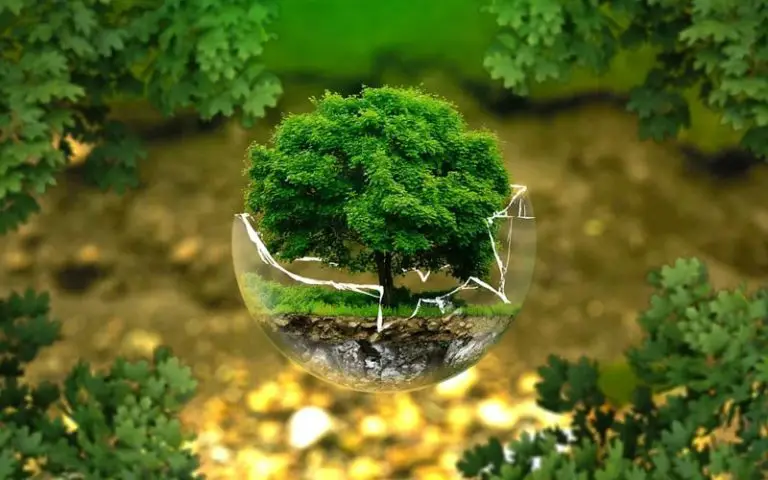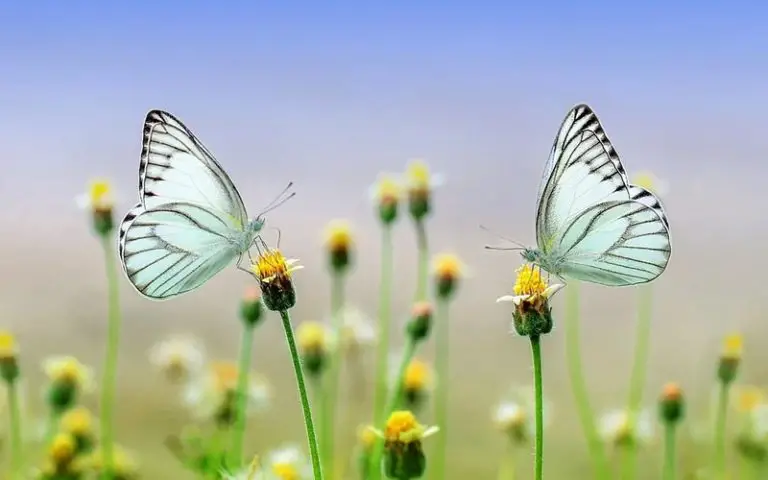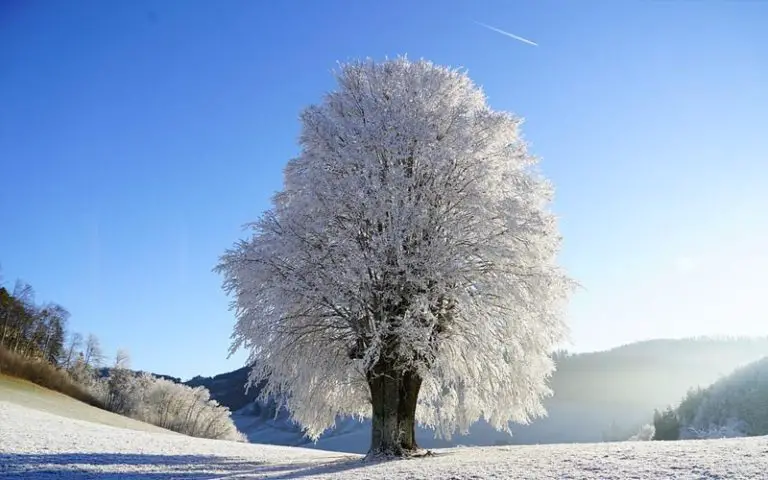A Seasonal Guide to the Money Tree Bonsai

The Money Tree or Pachira Aquatica is a popular indoor plant and Bonsai. This tropical plant with its braided trunk is considered a symbol of prosperity and said to attract good fortune. This tree also has deep meaning in the practice of Feng Shui.
Taking care of a Money Tree Bonsai is far less complicated than taking care of some other types of Bonsai trees. Some basic guidelines have to be followed throughout the year, with some seasonal activities required. Here is a seasonal guide to take care of your Money Tree Bonsai.
Year-Round Care
Light
Money Tree bonsais prefer medium to bright indirect light. It’s advisable to turn the pot every time the tree is watered to encourage even growth and leaf development. The tree can adapt to low and fluorescent lights, but this is not ideal.
Refrain from moving the Money Tree to new locations often as this tree doesn’t tolerate changes well. Leaves may start to fall off when the tree is moved, but these will grow back as the tree adjusts.
Water
Water the Money Tree bonsai only when around half to three-quarters of the soil feels dry. Add water until it starts draining out the bottom of the pot. Discard any excess water from the saucer. This bonsai should never stand in water as this will result in root rot.
Pruning
Maintenance pruning should be done all year round by removing all dry or dead leaves. Brown leaves may indicate that the tree isn’t receiving enough natural light or that the air is too dry or cold.
Shaping
The most significant part of the charm of the Money Tree bonsai is the braided stalk. Its surprisingly easy to start and maintain this braided trunk for your Bonsai.
You can start braiding the trunk as soon as there are at least three green stalks that are around half an inch in diameter. Place two stakes as high as the leaves on either side of the Money Tree to provide support. Gently start crossing the branches over each other to form the braid.
Don’t rush or stress the plant. Should a branch break, put the two ends back together immediately and wrap the cut with duct tape. The tape can be removed after a month, as the wound should have healed by then.
Work gently and keep the braid evenly loose to avoid the branches snapping and leave some space for the branches to thicken. Continue the braid until there are too many leaves to continue. Tie the end of the braid with a loose string. Maintain the braid until the tree has reached the size you want, remove the stakes and untie the string. Start pinching back and pruning to maintain the size.
Seasonal Activities
Now that we’ve shown you some general care items, let’s look at what you should be focusing on per season.
Spring
Spring is repotting, feeding, and pruning time for the Money Tree bonsai.

Potting
Repot the Money Tree bonsai every two to three years, depending on the growth rate of the tree. Use well-draining Akadama rich Bonsai soil and a pot with adequate drainage holes at the bottom. Cover drainage holes with mesh and add a layer of gravel at the bottom of the pot to encourage drainage.
The root ball will need to be trimmed down. Gently untangle the roots a bit and trim off no more than 25% of the outer area of the root ball. Plant in a pot and ensure that there are no air pockets by working soil into any cavities.
Pruning and Shaping
When the Money Tree starts looking overgrown or too tall or wide for its pot, it’s time to prune. Do regular pruning in spring as the Money Tree maintains its shape best with annual pruning. Start by taking a step back and planning which branches to eliminate so you can restore it to an even, balanced shape to the overall shape of the tree.
To prune off branches at the top of the tree, start with finding two branches that form a V-shape of the trunk. Pruning the tree at the V-shape helps to maintain its shape and growth. Cut the trunk about half an inch above the V-shaped branches.
Remove branches on the top and sides of the tree and prune your way around the tree. Remove branches with dry or brown leaves but leave about half an inch of growth.
Sunlight and Location
The indoor Money Tree bonsai should be placed in a bright spot, such as a south-facing window. The room temperature should be kept at between 70 to 75 degrees. If the tree has been repotted, ensure to place it in a warm and shady location.
Water
Let the soil become completely dry before watering again. If the tree has been repotted, it should be watered sparingly. The bonsai needs relatively high humidity, so so ensure you place it on tray with wet gravel and frequently mist the foliage.
Fertilizer
Feed the Money Tree weekly with a liquid fertilizer enriched with nitrogen. Add the fertilizer to moist soil.
Summer
- Water: Maintain high humidity with a humidity tray and frequently misting the foliage.
- Fertilizer: Feed the tree weekly with a liquid fertilizer with a balanced ratio of nitrogen, phosphorus, and potassium.
- Pruning and Shaping: Pinch new buds forming on the branches of the tree with a thumb and forefinger to grow well. Remove dead leaves and branches. Remove any unwanted growth that forms.
- Pests and Diseases: Inspect foliage and trunk for infestations.
- Location: The Money Tree bonsai tolerates heat better than the cold and should be kept away from air conditioner vents and other cool spots.

Autumn
- Fertilizer: Feed the Money Tree weekly with a liquid fertilizer with less nitrogen.
- Pests and Diseases: Inspect foliage and trunk for infestations.

Winter
- Water: Maintain humidity but waterless as growth slows in Winter.
- Fertilizer: Do not provide any fertilizer.

Final Thoughts
The Money Tree Bonsai is a beautiful tropical Bonsai that looks amazing with or without the braided trunk. With a few simple steps, you can care for your Bonsai all year long.






